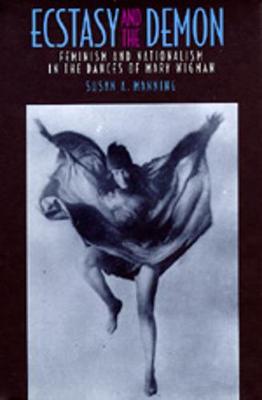Mary Wigman, Germany's premier modern dancer between the two world wars, envisioned the dancer in the thrall of ecstatic and demonic forces. Transforming the performer into an abstract configuration of energy in space, her works subverted the traditional eroticization of the female dancer. Critics in her own time and historians since have hailed her as a major innovator of dance modernism.
What commentators have not acknowledged until recently, however, is her collaboration with the Nazis. Under the Third Reich, Wigman subtly transformed the choreographic themes that had brought her fame during the Weimar Republic. Reverting to more traditional images of the female dancer, her works represented the division between male and female spheres so central to fascist ideology. Her choreographic career thus challenges the prevailing view of a sharp break between Weimar and Nazi culture.
Dance and cultural historian Susan Manning traces Wigman's career from Monte Verita, an artist's colony where she spent the First World War in voluntary exile, to West Berlin, where she premiered her final work just months after the building of the Berlin Wall. Manning argues that Wigman challenged the voyeurism of the male spectator while projecting an essentialized national identity, a mystical aura of Germanness.
Introducing methods not usually found in dance studies, Manning spins Wigman's story into an interdisciplinary space bounded by ongoing dialogues on the history of the body and the sexual and national politics of artistic modernism.
- ISBN10 0520081935
- ISBN13 9780520081932
- Publish Date 18 November 1993
- Publish Status Out of Print
- Out of Print 23 June 2003
- Publish Country US
- Imprint University of California Press
- Format Hardcover
- Pages 353
- Language English
